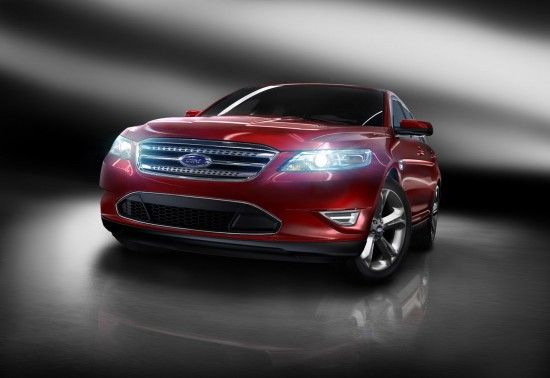
Since the mid-1990s rumors of the demise of the Ford Crown Victoria and Mercury Grand Marquis twins have perpetuated through the automotive press. GM’s relatively unexpected discontinuation of the Caprice in 1996 gave extra boost to the Crown Vic’s sales. Unfortunately, with no competition Ford’s Panther platform soldiered on year after year with changes that were often transparent to their aging target audience. Read more…
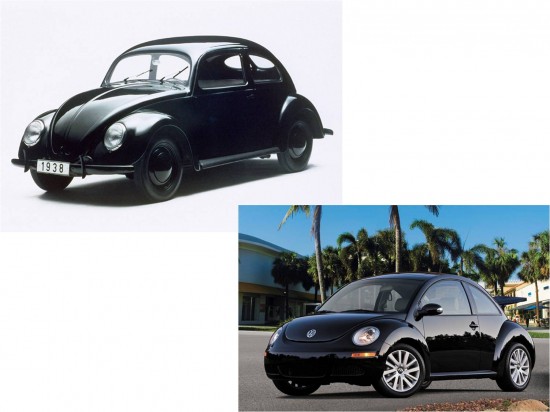
In 1994 VW showed a concept car that was immediately recognizable as drawing its inspiration from the vintage Beetle. Originally ‘dubbed the Concept One (pun intended), the car would be modified into the production New Beetle. While a successful design in many regards, this reborn Beetle failed to fully capture the spirit of the original. Now facing its final model year after 13 long years of production, the New Beetle looks as aged as any of its contemporaries from 1998. Read more…
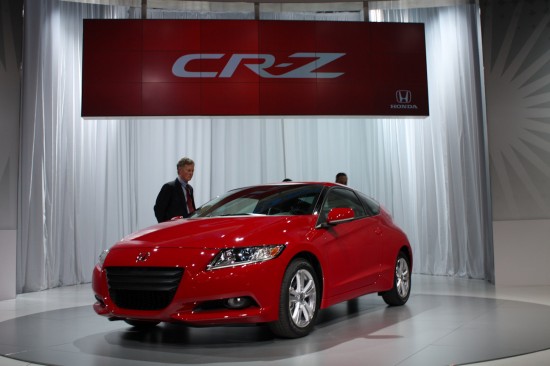
In what is now ancient and obscure automotive history, in the late 1960s American Motors decided to shorten the chassis of its pony car offering, the Javelin, in order to create a hard-to-categorize two seat AMX. A decade and a half later Honda seemed to have the same idea by abbreviating the chassis of the mundane Civic, creating a nimble and attractive two seater. Read more…
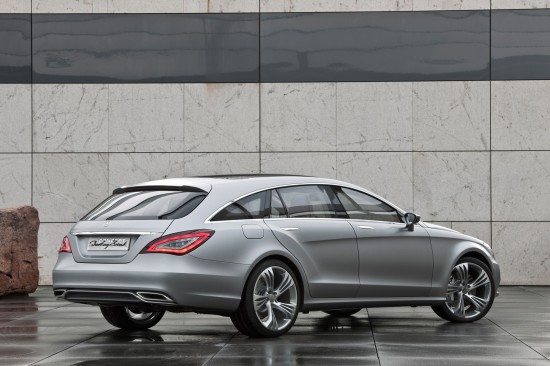
First Mercedes-Benz challenged our definition of a coupe by offering the CLS four door coupe. This car had conventionally hinged doors front and rear but featured a dramatically impractical roofline. Now Stuttgart is looking to challenge yet another body style definition. This time the ‘shooting brake’ is being redefined. Read more…
Categories: Design Critique, Miscellaneous Tags: Benz, CLS, Merc, Mercedes, Mercedes-Benz, shooting brake, shooting break, Sportback, station wagon, wagon
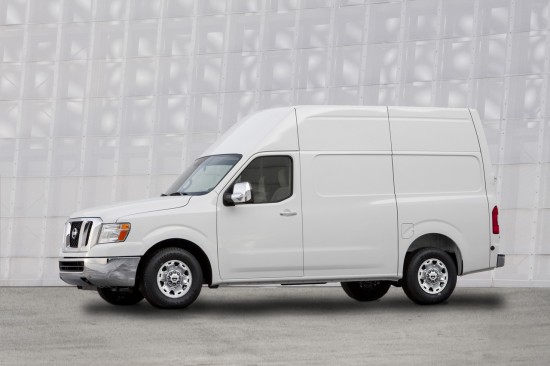
Econoline, Express, Savana, Beauville, Ram Van. These are not typically vehicle names that are brought up in conversations with auto enthusiasts unless one is talking about its merits as a tow vehicle. The general public has been largely disinterested with the entire full size van market ever since the Chrysler minivans debuted in 1984, forever changing the van market. Read more…

Once upon a time, automakers offered three basic body styles in the United States: sedan, coupe, and wagon. The sedans were the practical vehicles, and thus, the volume sellers. The wagons were offered for those who just couldn’t fit the whole family in something as limiting as a sedan. Coupes were clearly better looking than their sedan and wagon counterparts and appealed to those who wanted style and could live with the limitations imposed by two doors. Read more…
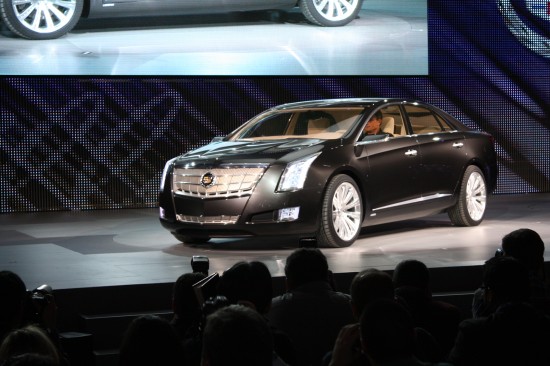
As a traditional Cadillac enthusiast, I have felt Cadillac’s lineup has been somewhat incomplete since the departure of the magnificent Fleetwood at the end of 1996. While that car shared its powertrain entirely with the top-line offerings from Chevrolet and Buick, it was a car that was unmistakably a Cadillac. It was the ultimate car for being pampered and its sheer size made it the most imposing car on the road at the time. In its absence the smaller front-wheel-drive Deville had to hold its own against the likes of the Lincoln Town Car – a job it did well. In the decade and a half since Cadillac’s last body-on frame rear wheel drive sedan was built, the top end luxury market has erupted in an all-out war between the Audi A8, Lexus LS-variants, and the Mercedes-Benz S-class. While the Town Car is still in production, Ford threatens to discontinue it on nearly a yearly basis and does little to promote or improve it. Now Lincoln calls the Mercury-like MKS the flagship of its line. Yet another Taurus-based Lincoln, it is as if Ford has thrown in the towel as being a true competitor in the luxury class. Read more…

The revival of the Buick Regal name is surprising, largely in that it seems like the model name has been gone for only a couple model years. In fact, the Regal was last used on Buick’s version of the w-car platform in 2004. It was a buckets and console version of the mild Buick Century. The new car is a departure for Buick in that it will offer no V6 and a choice of manual or automatic 6 speed transmissions. Buick is marketing the LaCrosse as a Lexus competitor. If that is the case, this car seems to take aim at the Acura TSX – at least in powertrain configurations. Based heavily on the Opel Insignia, the car was thought to be planned as the replacement for the Saturn Aura. Since the Saturn experiment has now been terminated and Pontiac eliminated, the time was right for Buick to offer such an agile small sedan. Read more…
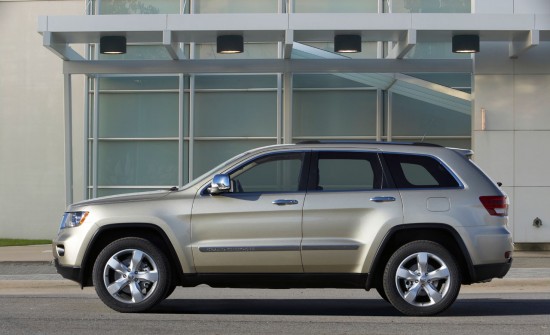
For 2011 Chrysler wisely decided not to let it’s Jeep Grand Cherokee, the flagship of its legendary off-road brand, get stale. This marks the fourth generation of the model, which took over the place of the ancient Grand Wagoneer after its departure in 1991. Read more…
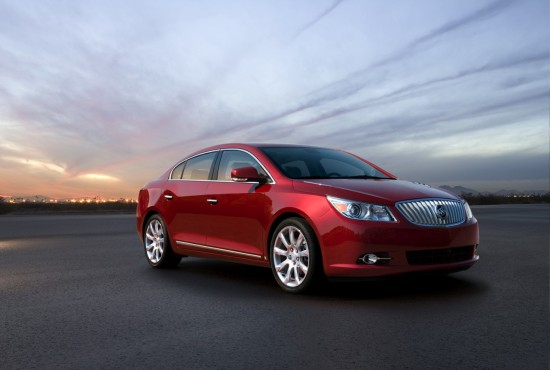
The new Buick LaCrosse is such a fresh departure from the w-car based model that introduced the nameplate that we felt a Design Critique was in order. That car looked old from the beginning, and worse, bore a large resemblance to the then-current Ford Taurus from nearly any angle. Read more…















